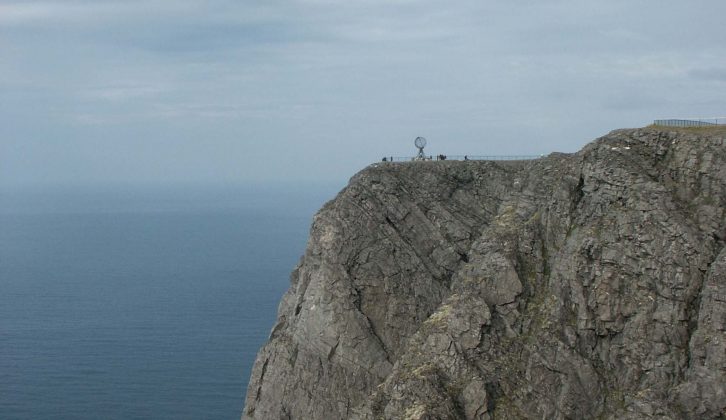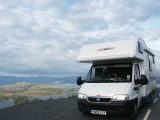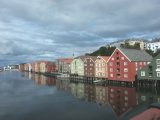Planning and preparation really are crucial when visiting the region
Things To Do
Drive to ‘the top of the world’, Nordkapp (North Cape) in Norway and look out over the Atlantic and the Arctic Oceans (Norwegian and Barents Seas) at the same time. You’ll have to take a signposted path to the promontory of Knivskjellodden, a 10-mile round trip, if you want to get to Europe’s official most northerly point (inaccessible by road).
Jukkasjärvi is the location of the first, original, Icehotel in Sweden. The hotel is made from blocks of ice carved from the frozen River Torne. Visit in summer and you’ll find the tiny village a peaceful haven, with the beautiful river flowing freely through gigantic lakes.
There may be several across the globe now but there’s nothing quite like the original. Head to the Danish region of Jutland to visit the first Legoland, created in 1968. It was a Dane that invented Lego, after all.
Go to Oslo, visit Stockholm or head for Copenhagen. Which capital should you choose? Visit all three cities and then make your mind up! Each is a waterfront city, with great opportunities for boat trips to nearby islands and districts, and each has a royal residence. Otherwise, they’re distinctly different.
It could take years to explore every last nook and cranny of the Norwegian fjords – the entire western coastline is made up of hundreds of them, from small inlets to deep, incisive cuts that penetrate the hinterland. Select just one and you’ll be blown away by the majesty of the landscape. Sognefjorden is the longest, Lysefjorden one of the most breathtaking, both in the Vestlandet region. But head further north for Trondheimfjorden and the many smaller fjords around the Lofoten and Vesterålen islands. They are no less inspiring.
When To Visit
You’ll find music, film, arts and sporting festivals taking place across Scandinavia throughout the year. But it goes without saying that many events in northern Europe relate to the seasons – and the amount of light available.
Beyond the Arctic Circle there’s continual darkness throughout the day for much of December and January, while ‘The Land of the Midnight Sun’ – 24-hour daylight – applies to the months of June and July. So Svalbard (Norway) celebrates Solfestuke (Sun Party Week) in the first week of March to mark the rising sun, Sweden celebrates Walpurgis Night (30 April) to welcome the spring and Denmark – Copenhagen in particular – goes to town with the Whitsun Carnival in May. Midsummer’s Eve is big in all three countries. The best time to see the Northern Lights is from December to March.
Advent and Christmas are also huge with Christmas markets, concerts and winter festivities – head to Bergen to see a giant gingerbread town (there’s a big rivalry with New York to see who creates the world’s largest each year).
Each country has a national day, when many of the shops may be closed but you’ll find festivities abound: 17 May in Norway; 5 June in Denmark; and 6 June in Sweden.
If you’re planning a trip around school holidays, a reminder that in Norway and Sweden, schools break up for summer in early June and return at the end of August. In Denmark, the summer holidays are from the end of June to mid-August.
Getting There
Unfortunately there are no longer any direct ferries from the UK to Scandinavia, although there are lots from Denmark to Sweden and Norway. To Sweden, select between Frederikshavn to Gothenburg, Grenaa to Varberg or, the shortest, Helsingor to Helsingborg. For Norway there are ferries to Oslo from Copenhagen and Frederikshavn and several routes from Hirtshals, including to Bergen, Kristiansand and Stavangar. It is these ferry routes to Norway that can save motorists the longest drives.
Of course, if you’re touring anyway, it’s as easy to go by land. The quickest driving route beyond Denmark is via the Øresund Link between Copenhagen and Malmö in Sweden. It’s a spectacular drive across the water but be prepared to cough and splutter at the cost.



















